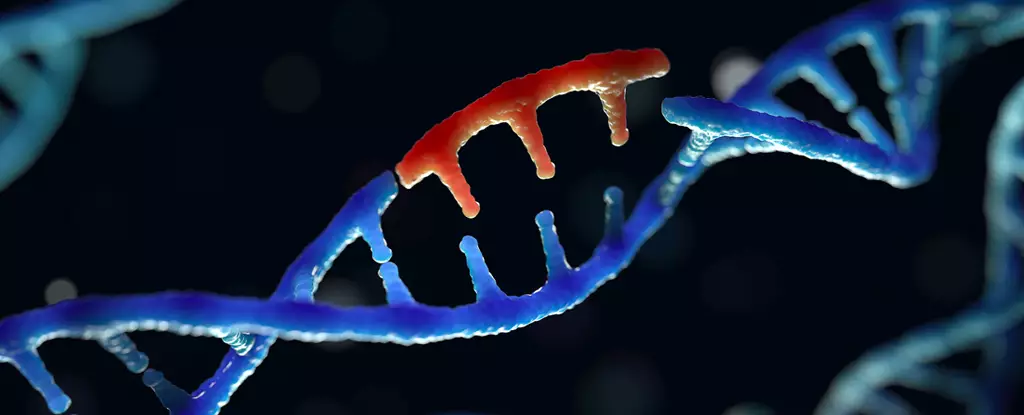When viruses invade our bodies, they sometimes leave traces of their genetic material behind. These fragments of foreign DNA can remain dormant in our genomes, being passed down from generation to generation. While previously believed to be inactive, recent research has shown that these remnants of ancient viruses can be reactivated, leading to various disruptions within the body. A team of researchers, led by bioinformatician Atma Ivancevic from the University of Colorado, has discovered that cancer cells can exploit some of these dormant virus sequences for their own advantage.
In the past, endogenous retroviruses (ERVs) were often dismissed as ‘junk’ DNA. However, we now know that these viral remnants played a crucial role in the evolution of mammals, particularly in the development of the placenta. Without ERVs, humans would not exist. Nevertheless, these viral sequences also come with consequences that are only starting to be unveiled. According to genome biologist Edward Chuong, cancer cells possess genes that should not be active, but it remains unclear what triggers their activation. Surprisingly, many of these aberrantly turned-on genes originate from ancient viruses.
A study conducted on colorectal cancer cells indicated that LTR10, an endogenous retrovirus sequence, regulates the expression of genes associated with tumor formation. When LTR10 was deactivated in human colorectal cancer cells and in mice, genes responsible for cancer progression, such as XRCC4 which is involved in therapy resistance, were also turned off. This deactivation enhanced the effectiveness of tumor-shrinking treatments in mice. It appears that LTR10 acts as an epigenetic switch, controlling the activity of these genes. The researchers suggest that cancers exploit these ancient virus fragments to alter gene expression patterns in tumors, with a single family of retroviruses influencing up to 70 genes associated with cancer.
Challenges and Future Directions
Although the researchers identified the genes that LTR10 regulated in tumor cells, they were not able to directly link these genes to the growth and spread of the specific cancer. They suggest further investigations using patient-derived organoids to establish these connections. As we age, more of these ‘zombie virus’ fragments may become reactivated as our immune defenses weaken, potentially contributing to other health issues later in life. Scientists are making progress in exploring the intricate aspects of our biology that underlie complex conditions like cancer.
The relationship between ancient viral sequences and cancer growth is a fascinating area of research that sheds light on the intricate mechanisms at play within our bodies. By understanding how cancers exploit these dormant virus fragments, we may uncover new opportunities for targeted therapies and interventions. The study of endogenous retroviruses not only reveals our biological past but also points towards potential strategies for combating diseases like cancer in the future.


Leave a Reply